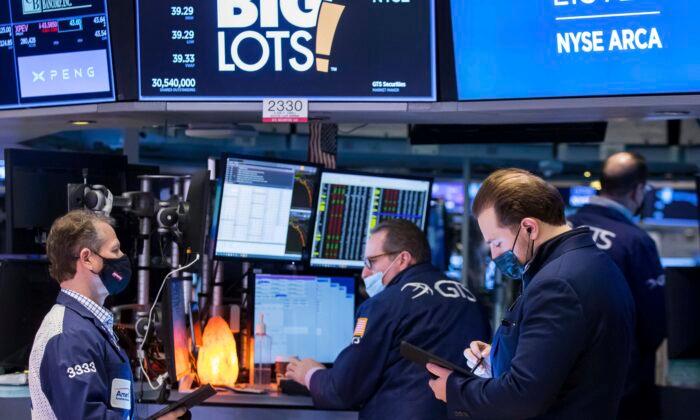The stock market is off to a shaky start in 2022, a sell-off that accelerated over the past trading week. The Nasdaq composite, which tracks some of the largest technology companies in the world, is down nearly 12 percent year-to-date.
Why Put-To-Call Ratio Matters
In short, a put-to-call ratio shows that option traders are more bearish than bullish.What Else?
Another technical indicator that was pointed out on Friday, was the 200-day moving average of the S&P 500. The SPDR S&P 500 ETF Trust traded below its 200-day moving average for the first time since June 2020.A stock dipping below its 200-day moving average is a very bearish sign for most technical traders. The 200-day moving average tracks the average price of a stock throughout the last 200 trading days. Once a stock dips below that moving average, it’s a sign of weakness and oftentimes a sign that the stock has even further to drop.
Of course, this doesn’t mean that the indicators will always be bearish for the S&P 500. Instead, the moving average is showing a trend, and once that trend reverses, look for the S&P to come back to its 200-day moving average, and even break through it when we are back in more bullish times.






Friends Read Free